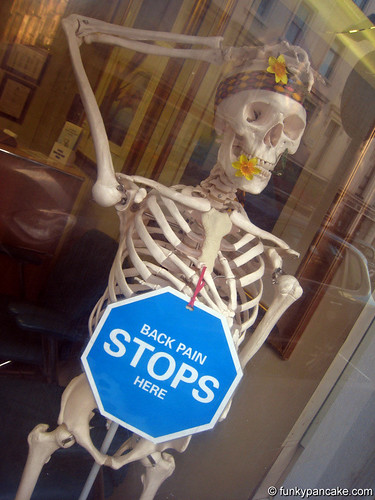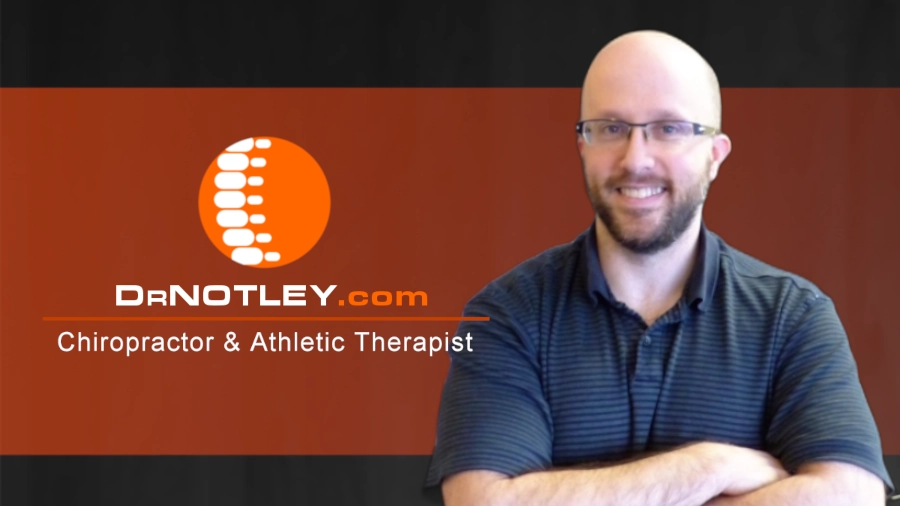
Core training is a very common word in both the fitness/sports performance industry and the back rehabilitation industry. The reason for training the core is to improve stiffness and stability of the spine. Stability is defined as, how well the spine can maintain or recover from a change from its original position. The greater the ability to coordinate muscle contraction to keep the spine stable results in greater stability. The importance to core training for back care is that “individuals with higher muscle activation had a higher “margin of safety” in terms of stability than individuals with lower muscle activation.”
But how can a person who has had back pain train their core without over stressing the spine? When choosing exercises during a rehabilitation program we need to consider where the back pain sufferer is at in their stage of healing. It would make sense that the more acute the injury the less load that the spine can handle. Therefore we need to choose exercises that provide lower spinal loads. I found a research paper from the Spine Biomechanics Laboratory at the University of Waterloo which compares stiffness and load of the spine with three different rowing exercises. I thought it was very interesting so I decided to share with you.
The researchers applied EMG electrodes to several different muscles around the core and video taped seven (7), untrained, individuals performing the inverted row, bent over row and one arm standing row. The resistance for all exercises was standardized. They were able to determine the muscular activation of each muscle, the shear and load on the spine and the degrees of rotation of the spine
Exercise highlights
Inverted row
The inverted row tends to have the most activation of the gluteus maximus, gluteus medius and hamstring (biceps femoris) muscles. The bent over row has less activation of these muscles and the standing one arm row has the least activation. The researchers found that the compressive forces and front to back shear forces on the lumbar spine is similar to the bird dog exercise but there is more muscle activation of the hamstrings and gluteal muscles. The inverted row also tends to result in more activation of the erector spinae muscles in the mid back region. The inverted row had the least amount of flexor (front side of the body) stiffness.
One arm row (right arm pronated grip)
The left external oblique and right internal oblique had higher activation levels as compared to the other exercises (only the right hand was used for the research). This resulted in this exercise being the best challenge to torsional rotation and torsional muscular stiffness. This exercise also demonstrated the most rotation of the spine (7.6 degree rotation) compared to the other two exercises (2-3 degrees)
Bent over row
The standing bent over row had the most muscle activation of the lumbar erector spinae, followed by the inverted row and lastly the standing one arm row. It
also had the highest spinal compression as well as the largest challenge
to flexion and extension stiffness.
Compressive and shear forces on the spine
The bent over row has the highest compressive forces on the spine, followed by the 1-arm standing row and the inverted row having the lowest compression.
Front/back shear forces on the spine was the same for all exercises but the side to side shear forces was the most with the 1-arm standing row.
If you have any questions feel free and ask.
Dr Notley
Serving Winnipeg as an Athletic Therapist and/or Chiropractor since 2000
Originally posted on May 17, 2022 @ 4:40 pm
